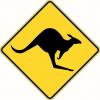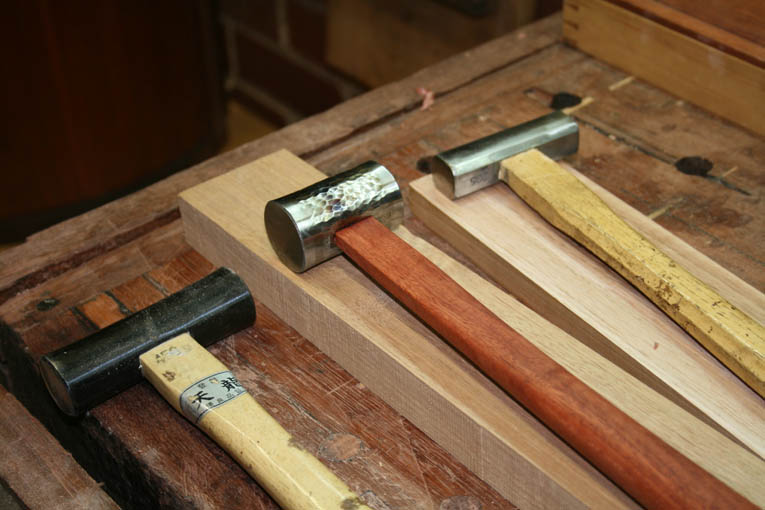
Originally Posted by
Jack Curtis

+100. I use the Kinshiro gauges (large one made by Kinshiro from Iida, small one I made from Kinshiro blades from Hiraide) for marking (single or double lines) as well as cutting. They're magic.
I agree with Matthew on the round cutters, definitely undesirable and difficult to control. A properly sharpened pin bladed marker is preferable to these, but neither of them comes close to the Kinshiro.
I get kind of sick when I think of the hundreds of dollars I spent accumulating and trying various types of gauges before trying the Kinshiro, even on some fairly good gauges like the oval bronze plated rosewood pin version. And to be honest, that rosewood gauge is a fine one, but just not nearly the quality of the Kinshiro.




 Reply With Quote
Reply With Quote









 ) person. westerners have different hammers too. I have 3 plane adjusting hammer that I use for different planes. but at the same time I think it is not necessary even for a pro, as you can do A LOT with a LITTLE. basically... I have no idea what to do. Durma? Gennou? wood is good?.... I'll just wait. I want to get a Durma just to show respect to my koyomaichis, they really deserve it. also I plan to make guitars, heavy mortising is not my thing (so far).
) person. westerners have different hammers too. I have 3 plane adjusting hammer that I use for different planes. but at the same time I think it is not necessary even for a pro, as you can do A LOT with a LITTLE. basically... I have no idea what to do. Durma? Gennou? wood is good?.... I'll just wait. I want to get a Durma just to show respect to my koyomaichis, they really deserve it. also I plan to make guitars, heavy mortising is not my thing (so far).

